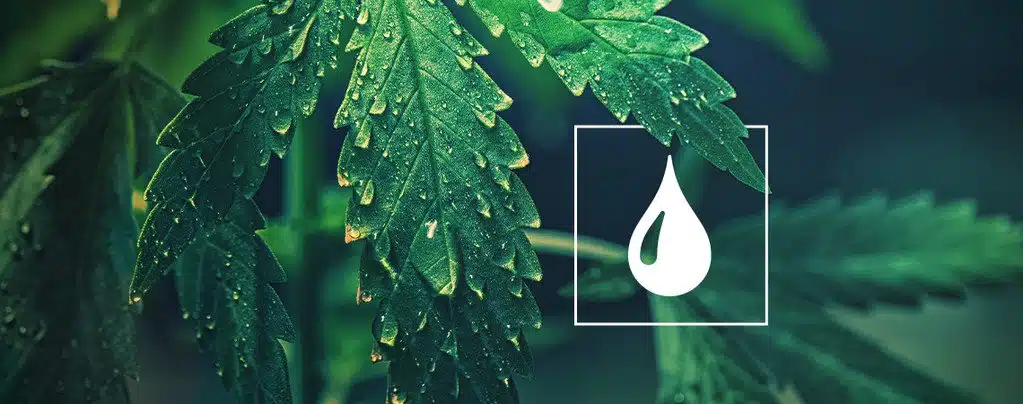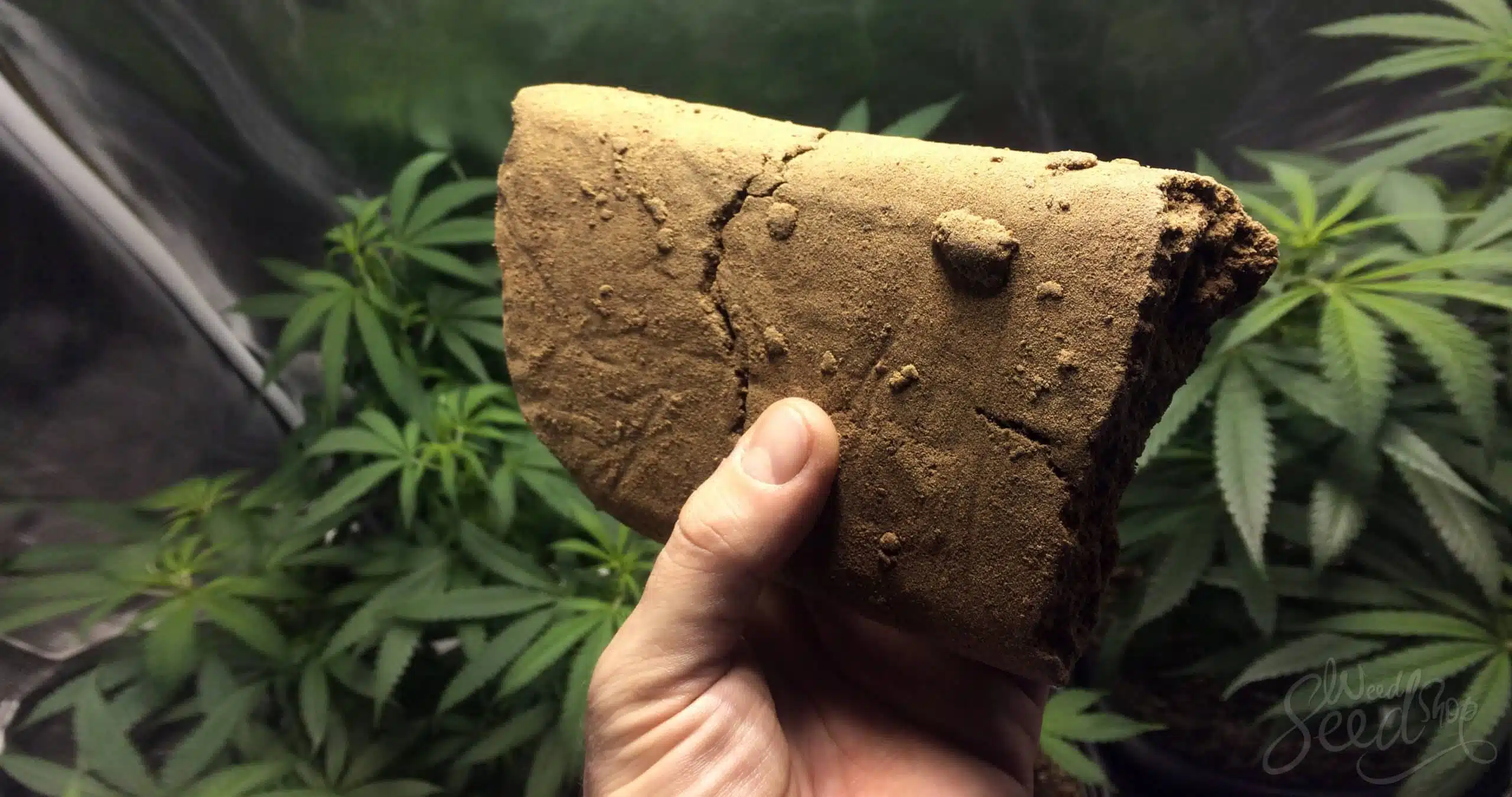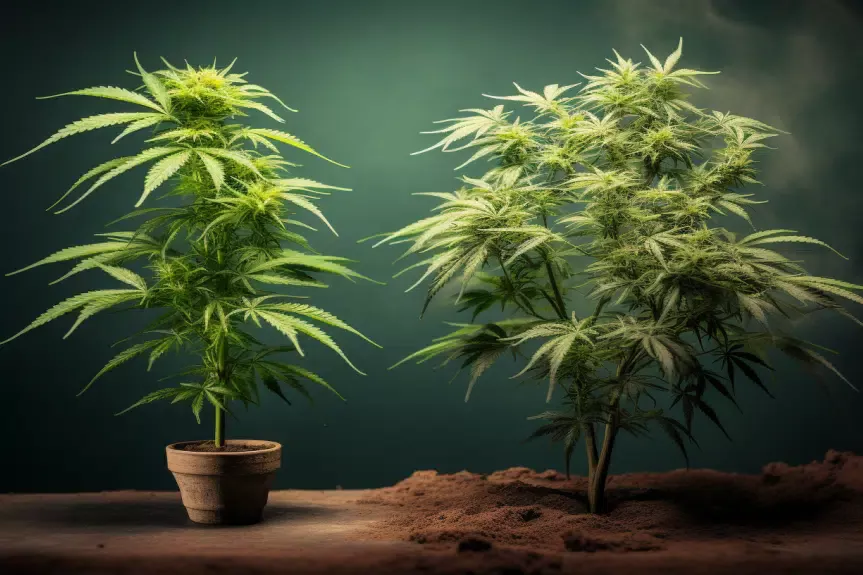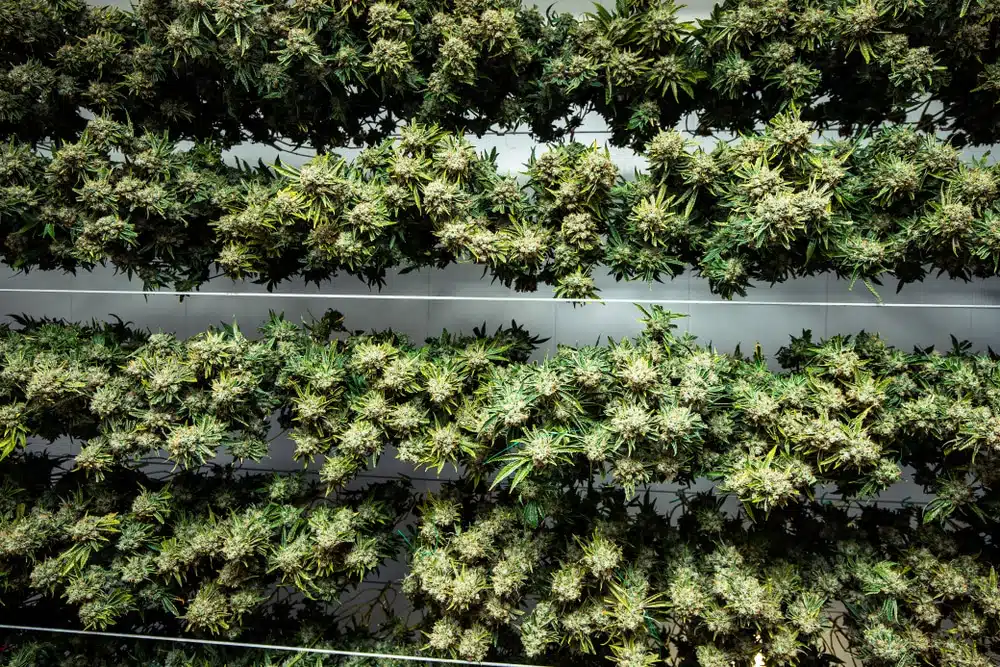How Often Should I Water My Weed Plant
The questions most novice growers ask themselves about watering their plants are, how much and how often to do it. Whatever technique you use or the growing method, watering is of great importance to ensure success. Plants cannot live without water, nor can they receive an excess since oxygen does not reach their roots and they drown. Our article will go over everything you need to know about how often should I water my weed plant.
How much and how often do I have to water my cannabis plant?
It is not an exact truth. For example, auto flowering seeds compared to feminized ones need less water and it is easier for them to remedy a watering error. Even so, whatever kind of seed it is, if it does not provide an adequate use of water, the stages of the cannabis plant do not conclude successfully. Therefore, it depends on some aspects such as:
The size of the pot
The amount of water depends on the size of your container, a large one with soil tends to dry out less quickly than a small one, so it has to be constant. Feeling the soil frequently helps to see how wet the plant is. The use of pots causes the earth to heat up rapidly, so much so that it would be completely dry in 12 hours.
Temperature in the grow room
The hotter the temperature in the growing area the faster the moisture dries. Plants love high temperatures, so the HPS lamp the higher the voltage, the more heat clearly.
When to water your weed plant?
It is not good that the soil in your pot becomes mud, nor that it is loose, you must have a middle point and thus with your hands, feeling the moisture of the soil you will realize how dry it is and thus you will know whether to water your plant or not.
Dry earth
Once you see the surface of the dry land, it means that it can no longer absorb water so easily. In a drip system, many plants receive more water than others, a problem that, if not seen immediately, causes even more problems. Liquids or detergents can be used but not as often and they damage the plant. But it is good to know that there is no official irrigation method since all varieties of cannabis have different needs, even so the plant always informs in some way that it is not healthy and this is where these three techniques come in so that your plants obtain the required amount of water:
Method 1: Use your finger
This technique is very easy, it is only a matter of inserting your finger into the pot and if your finger has a little damp soil, then it is well hydrated, so as not to damage its roots, you can also opt for a skewer.
Tip: the water in the tube contains chlorine, let it sit for a few hours so that the chlorine evaporates a little.
Method 2: Lift the pot regularly
This process consists in that every time you go to water your plant, lift the pot, before and after doing it, then the weight will change, since it makes it heavier because of the water. This lets you know how much water your plant is occupying. This is considered one of the best methods and expert growers know how much water their plant needs just by lifting it.
Method 3: View the appearance of the leaves
If you see the leaves leaning upwards or the leaves facing the sun, they are very good signs that your plant is happy as it is growing, if its selves are down, there is a lot or very little water, if they are thin it is because they have received too much little water, if they are thick, too much water.
Method 4: Use a moisture meter/tensiometer
There have always been instruments to make things easier, in this case, it is the opposite, many times using a humidity meter is no very reliable but these tips can help you:
Tip: if there is shrunken soil in the pot, pour half a liter of water and wait half an hour to pour more water.
Tip: if you use organic mushrooms and supplements then your soil remains moister than the others. Bacteria and fungi take up moisture to expand and need moisture to avoid and dry spell.
Create nutrient water
When preparing the water it is important to follow a suitable process since when the water is colder than the temperature of the plant, it can suffer a shock. The same happens if the water is very hot. The best thing for the plant to be healthy is to let the water heat until its temperature is adequate, it can be done at night.
How to give the water?
The classic watering cans are perfect if you have few plants, since if you have many you would have to fill it. Ideally, use a specialized food for tomato plants.Another good option is a hose directed to the container, as it would add nutrients and regular temperature. So that the plants are not stagnant and full of water, it is best to separate them into trays and thus work with several at the same time. Also make sure they have enough holes. In the beginning is where you have to water your crop the most, as you progress, the amount decreases. Every two or three days check the soil. With these tips it is enough for your harvests to be successful and healthy!





